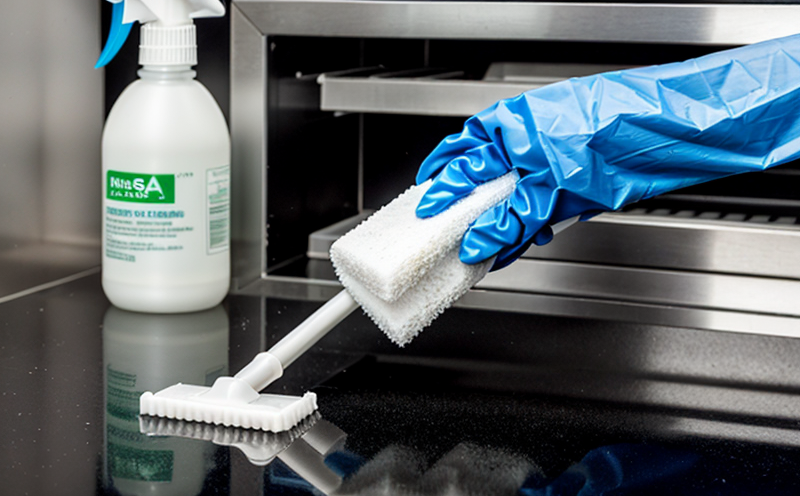ISO 10993-10 Irritation Testing of Hygiene Plastics
The ISO 10993-10 standard is a critical part of the regulatory framework for medical devices and other products intended to come into contact with human tissues. This standard establishes requirements for determining the potential local irritation caused by medical devices or materials that are used in hygiene plastics applications.
For hygiene plastics, such as those found in personal care items like toothbrushes, razors, and washing cloths, the ISO 10993-10 test provides a standardized approach to assess their biocompatibility. The primary objective of this testing is to ensure that any contact with human skin does not result in adverse reactions or irritation. This is particularly important given the direct interaction these plastics have with sensitive areas on the body.
The testing process involves several key steps, which are detailed below:
- Selection of appropriate test specimens based on expected use and contact duration.
- Careful preparation of the specimens to ensure consistency in size, shape, and surface finish.
- Application of a standardized irritant solution onto the prepared specimen for a specified duration.
- Evaluation of the reaction on the skin of test subjects exposed to the treated specimens.
The evaluation criteria include observation for signs of erythema (redness), edema (swelling), and other indicators of irritation. The results are compared against control samples to determine if there is a significant difference in response between the test specimen and controls.
Understanding the implications of this testing is crucial for quality managers, compliance officers, R&D engineers, and procurement specialists involved in developing or sourcing hygiene plastics products. By ensuring adherence to ISO 10993-10 standards, manufacturers can demonstrate their commitment to product safety and regulatory compliance.
Scope and Methodology
| Test Procedure | Description |
|---|---|
| Specimen Preparation | Hygiene plastics specimens are prepared to ensure uniformity in size, shape, and surface finish. This step is critical for accurate testing. |
| Irritant Application | A standardized irritant solution is applied to the prepared specimen. The duration of application is specified by the test protocol. |
| Subject Exposure | The treated specimens are exposed to a panel of volunteers for a defined period, allowing for observation of any adverse reactions. |
| Evaluation Criteria | Observation for erythema, edema, and other signs of irritation. Comparison against control samples is made to assess biocompatibility. |
The methodology outlined in ISO 10993-10 ensures that the testing process is consistent across different laboratories, providing reliable and reproducible results. This standardization is essential for maintaining high-quality products and ensuring they meet international regulatory requirements.
Quality and Reliability Assurance
- Standardized Protocols: Adherence to ISO 10993-10 ensures that all testing processes follow a set of internationally recognized guidelines. This consistency helps in maintaining quality standards.
- Controlled Environment: Testing is conducted under controlled conditions to minimize variables and ensure accurate results.
- Expertise: Our laboratory employs highly skilled professionals with extensive experience in medical device testing, ensuring reliable outcomes.
The reliability of ISO 10993-10 irritation testing is further enhanced by the use of advanced instrumentation for specimen preparation and evaluation. This ensures that even minor variations are detected early in the process, contributing to the overall accuracy of the test results.
International Acceptance and Recognition
- Regulatory Compliance: Adherence to ISO 10993-10 is a requirement for compliance with numerous regulatory bodies worldwide, including FDA (US), MHRA (UK), and EMA (EU).
- Market Access: Products that pass this test are more likely to gain market acceptance in countries where these standards are enforced.
The widespread recognition of ISO 10993-10 ensures that manufacturers can confidently export their products, knowing they meet the stringent requirements set by international regulatory authorities. This standard is essential for maintaining a competitive edge in the global market.





